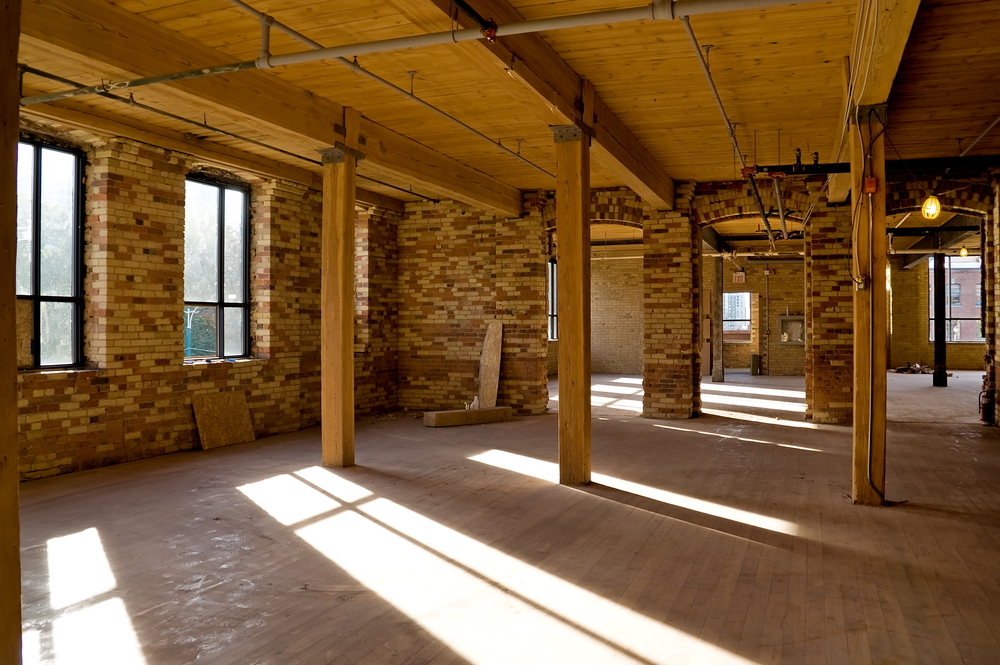Simply put, adaptive reuse is the process of using land or a building for something different that it was originally intended for. Although developers have used this strategy for decades, it’s been trending recently for a variety of reasons. Below we’ll explore exactly what’s involved in adaptive reuse in commercial construction, why it’s surging, and some recent project.
Some industry experts suggest that the surge in adaptive reuse is caused by the recession. But before we get into why everyone from government leaders to real estate investors are assuming transformative philosophies, let’s take a closer look at what elements are required for projects to be considered adaptive reuse:
- It always starts with existing structures. Even though new construction can happen, a project is adaptive reuse only if it involves an existing building or land.
- Properties that are in a state of disrepair; whether it’s a former office building or shopping center, all the tenants have left, and the old use is no longer productive.
- Projects must involve repurposing. What separates a traditional remodeling project from adaptive reuse is that it’s being used for something different that originally intended.
- It requires economic viability. In addition to meeting legal and physical requirements, adaptive reuse projects must pass the highest and best use test.
Why Adaptive Reuse Is Surging
Developers are having a difficult time keeping up with the increased demand for these projects as more cities and property owners are looking for ways to repurpose their decaying assets. Expensive and centralized projects dominated the construction landscape before the economic downturn, but now cities are focusing more on ways to use and convert existing structures and land instead of starting new projects from scratch. Here are some reasons why:
- Limited supply of undeveloped land. The cost to repurpose old properties is cheaper than ground-up construction projects. Adaptive reuse is also a faster alternative.
- To overcome market blight and recover sales and property tax revenue. Cities don’t make any money from unused structures and are more willing to permit adaptive reuse projects.
- The shift from traditional retail space to e-commerce. A growing number of retailers are closing their doors and moving sales online leaving reusable structures behind.
Exploring Recent Projects
Abandoned jails, old office buildings and vacant rails are just a few of the spaces that cities have been repurposing over the years. For example, the Library Hotel in Boston transformed a vacant jail into a 298-room luxury hotel. Another great example is a 1960s office building in Santa Ana, California that was converted into a 58-unit affordable housing project after renovations.
How can we help you?
Searching for an opportunity in the construction industry? Contact The Birmingham Group’s team of seasoned commercial construction recruiters today to discuss your career path or browse our open positions.
Are you a hiring authority in need of construction talent? Submit a search request today.
–





